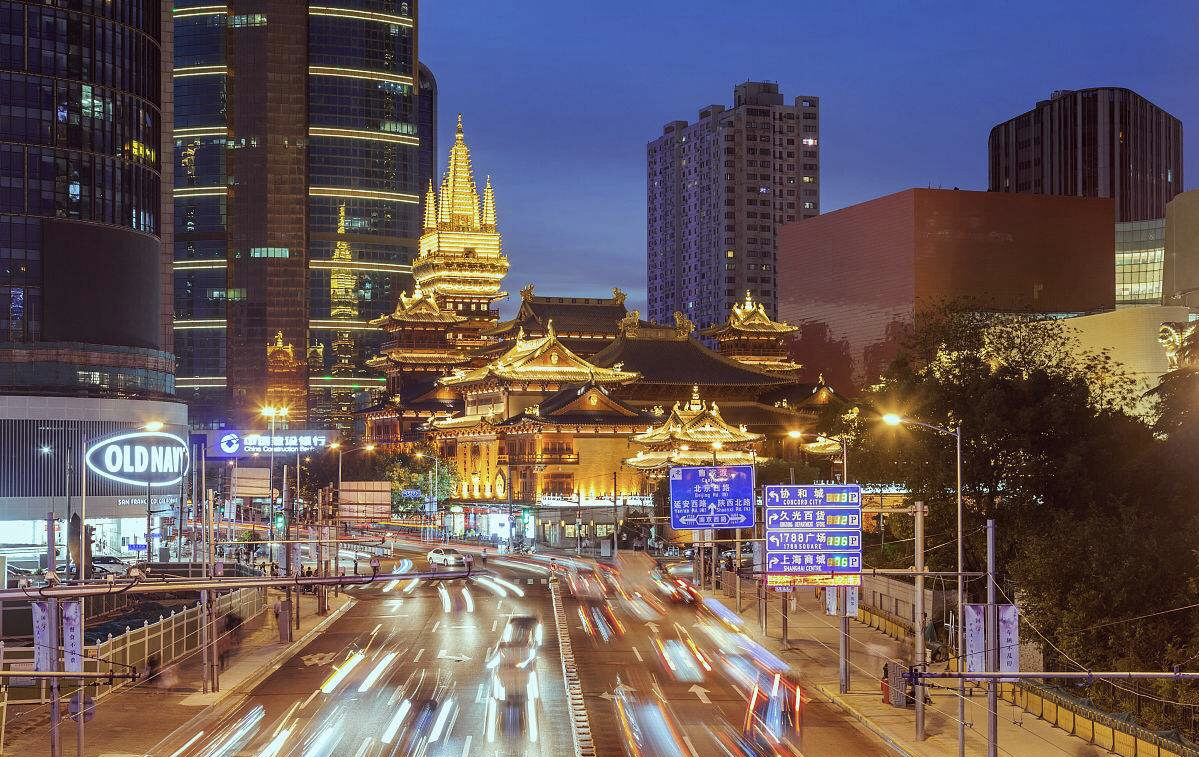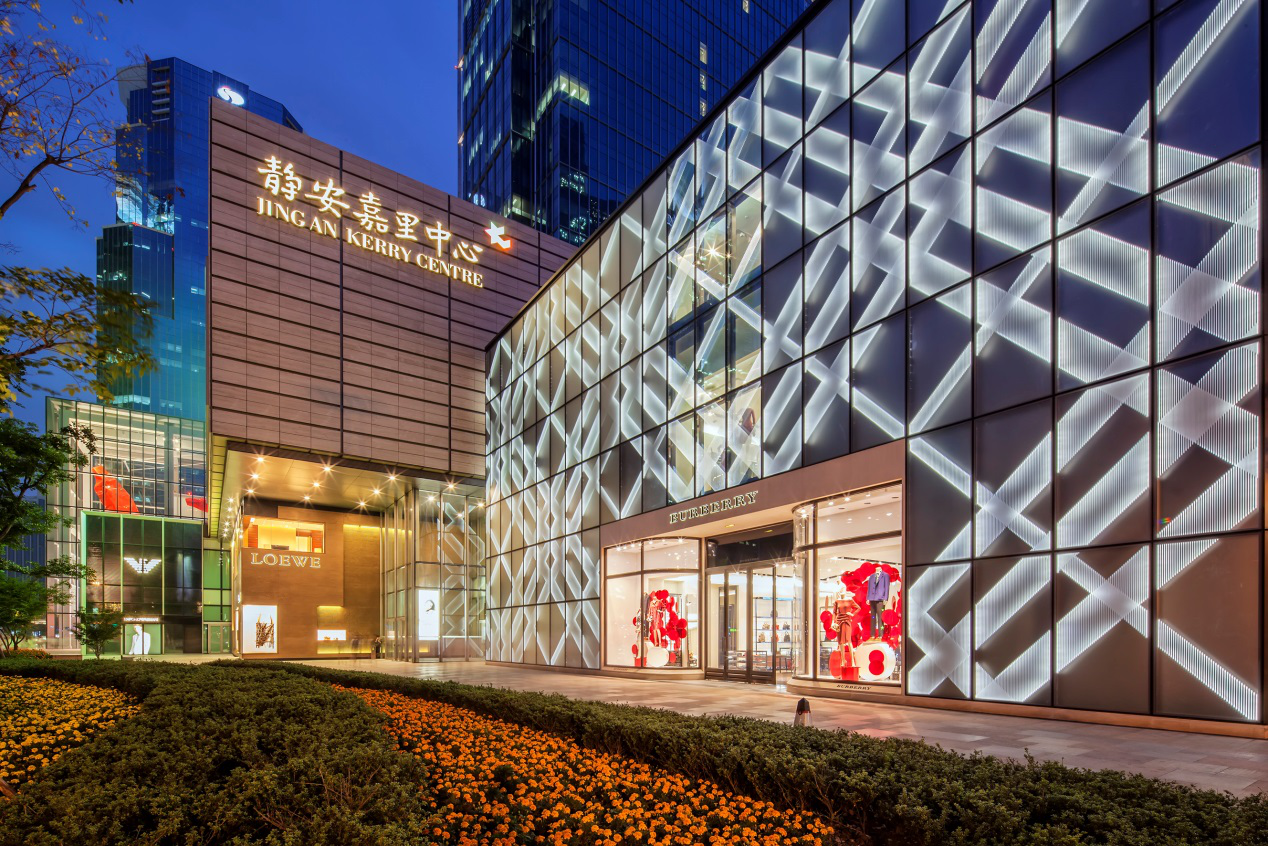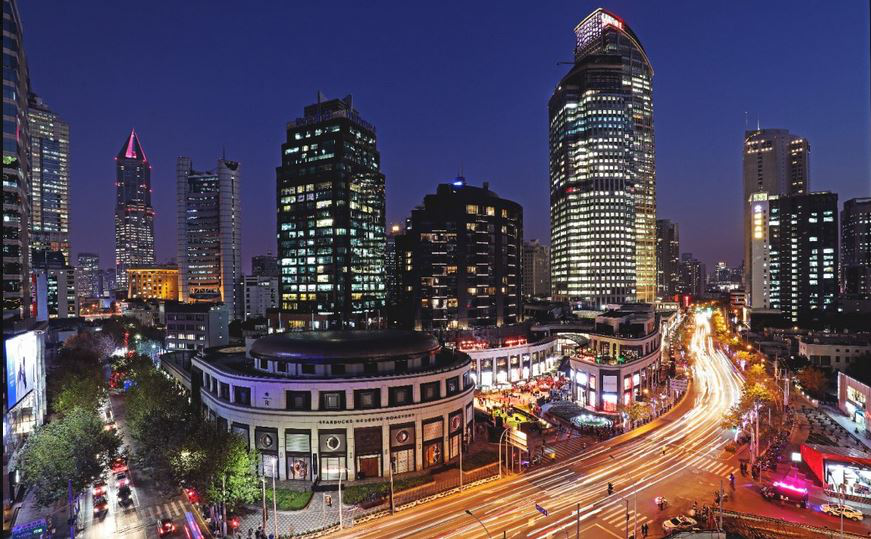Invest Jing’an
Investing in Jing’an

Jing’an District is named after the historical Jing’an Temple in the region. It is located in downtown Shanghai and adjacent to the city’s six districts. In October 2015, the State Council officially approved the merger between Zhabei District and Jing’an District for the consolidation of the new Jing’an District. With a permanent population of 1.07 million and an area of 37 square kilometers, Jing’an District has jurisdiction over 13 sub-districts, one town and 276 neighborhood (village) committees. Jing’an District boasts superior location and convenient traffic extending in all directions, with the traffic network consisting of railway, viaduct, metro and bus. It enjoys a laudatory title of “North Gate on Land”. With long history, good environment, developed business, innovative vitality, convenient transportation and communication, Jing’an serves as a major window for the rest of the world to know Shanghai.
Jing’an has determined the objective of “International Jing’an, A Promised Land” and vigorously implemented the district development strategy of “One Axis and Three Belts”. “One Axis” means that Jing’an District is building a compound development axis connecting the south and north and featuring sharing and mutual integration to coordinate regional development. “Three belts” are “West Nanjing Road High-end Business and Commercial Belt”, “Suzhou Creek Creative Leisure and Entrepreneurship Belt” and “Middle Ring Industry-City Integration Belt”. By well implementing the strategy, Jing’an District will strive to realize the grand blueprint of “International Jing’an, A Promised Land” and boost Jing’an to become a new landmark of the central urban area and new development highlight of Shanghai.
Among them, West Nanjing Road will strive to be the benchmark, highlight its feature of “international, high-end and quality”, continue to pool in high-end factors, demonstrate Shanghai-style culture with global perspective and openness so as to build a premier-quality blocks for world-class CBD, making West Nanjing Road the most recognized region in Shanghai, the modern international metropolis. For the Suzhou Creek Belt, the concept of quality development will be constantly implemented in the process of comprehensively accelerating regional development and construction, and promoting the dual-upgrade in both functions and forms on both sides of Suzhou River, creating a metropolitan center in Shanghai with the equally good quality as the CAZ in other global cities. Middle Ring Industry-City Belt will continue to highlight its feature of “innovation and creativity, industry-city integration”, focus on its strength in film, TV and culture industry and big data industry, and strive to be the model example for city-industry integration.

There are complete industrial chains, obvious south-north differentiation, diverse forms of business, and a whole range of industries in Jing’an District with the headquarters economy, the commercial real estate economy and the export-oriented economy all in full swing. There are five influential industries in Jing’an, including the trade service industry, the professional service industry, the financial service industry, the cultural and creative industries and the information technology industry. Jing’an District is the first choice for many regional headquarters of multinational companies and leading enterprises from home and abroad. Up to now, 81 regional headquarters of multinational companies including L’oreal, Philips, Pfizer, Inditex, Cargill and Kohler have settled in Jing’an. China Datang Group, Shanghai International Group, Shanghai Guosheng Group and other domestic leading corporations have also settled in Jing’an. In 2018, the total tax revenue yielded by the headquarter economy reached 12.432 billion yuan, accounting for 17.19 percent of the total tax revenue of the district. Jing’an is a hotspot of high-end commercial real estates including Kerry Center, Wheelock Square, Plaza 66, Westgate Mall, CITIC Square, etc. In 2018, commercial real estate has contributed 43.907 billion yuan, accounting for 60.70% of the district’s total tax revenue; in particular, 69 buildings each paid taxes of more than RMB 100 million annually and 9 buildings even paid taxes of more than RMB 100 million monthly in average. The booming of Jing’an in commercial real estate has attracted a large batch of transnational corporations, regional headquarters and international enterprises settled in Jing’an. Jing’an District is the only district in Shanghai where foreign economy accounts for more than 50% of the total revenue. In 2018, the total tax revenue yielded by the foreign economy reached 38.28 billion yuan, accounting for 52.92% of the total tax revenue of the district; the contracted value of foreign direct investment amounted to 1,195 million dollars, the scale and proportion of taxes related to foreign economy being far ahead in the central districts of the city.
To a good investment and work environment, Jing’an District government has issued a series of preferential policies on tax incentives, innovation and financial support,such as “Implementation Measures Of Jing’an District On Promoting the Development Of Headquarter Economy”, and “Implementation Opinions Of Jing’an District on Promoting the Scientific Innovation and Technology Development”. At the same time, Jing’an District government has formulated various policies like the white-collar lunch work support policy, public rental housing security policy to build a better business environment.

